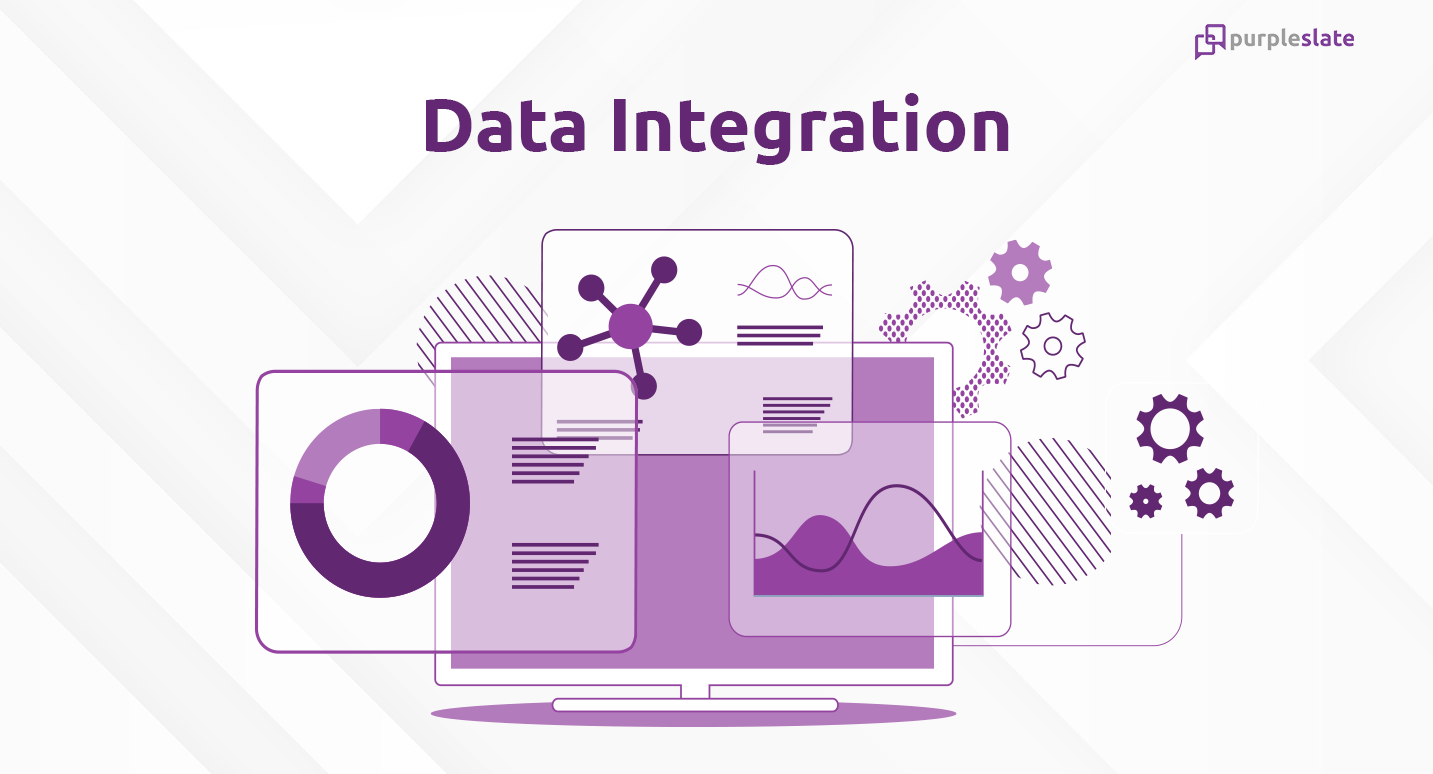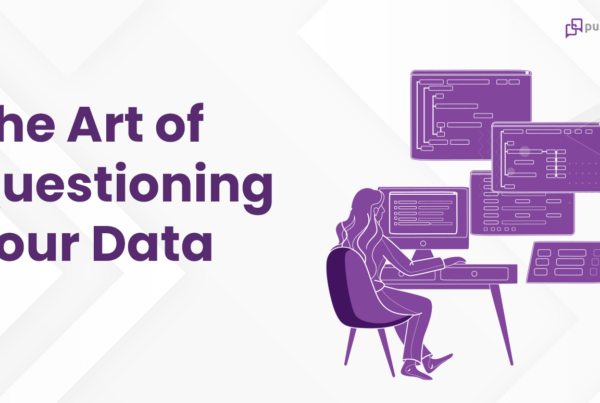
Introduction
Data integration is a renowned and crucial aspect of today’s business world. Current competition in the business sector is based on how well and fast one can use the data assets to obtain significant insights. Data integration allows you to easily access your organization’s information from a single platform. In that case, the system ensures no conflicts or duplicates in the database easing data access.
Understanding Data Integration
Data integration refers to pooling data processes from different sources to form a consolidated dataset for analytical and operational uses. The primary aim of integration is to produce consistent, clean, and unified data sets for business processes. It is among the primary aspects of data management geared towards meeting the varied information needs of the organization’s end users.
Transaction processing systems receive integrated data to operate business applications. Then, fed into data lakes and warehouses for advanced analytics, enterprise reporting, and business intelligence (BI) support. Different data integration methods exist for various users, like the real-time integration jobs conducted continually and batch integration done in intervals.
Data Integration History
Since business systems began data collection, bringing together different data sources has always been challenging. Computer scientists started creating systems that support other databases in the early 1980s.
In 1991, there was the first system launching of integration system at the University of Minnesota.
It employed the Extraction, Transformation, and Loading (ETL) approach, which we will discuss in detail in the upcoming section. To ensure data compatibility, the data was loaded from different sources and fed into a view schema. Challenges emerged in the following years with data isolation, modelling, governance, and quality issues inclusive.
The Internet of Things development in the early 2010s resulted in integrated data becoming crucial for businesses. Suddenly, many platforms, applications, and devices generated essential data. As organizations needed a plan to harness all the information power, big data became the center of focus for data Scientists.
Currently, big and small industries and companies leverage data integration to obtain data value stored in platforms and applications within the entity.
Types of Data Integration
Data integration techniques help gather data from differing external and internal sources. various types of data integration depend on the information sources’ number, complexity, and disparity. Here are some of the types of data integration techniques that will help improve your organizational processes:
Extract, transform and load: ETL is the most common type of data integration. In this method, after data extraction from the source systems, it is changed for filtration and consolidation before loading into the data warehouse’s target repository. ETL permits accurate and fast data analysis, suitable for bulky datasets that require complex transformations.
Extract, load, and transform: In systems dealing with big data, ELT is a common alternative. In this process, the second and the third steps in the ETL method are interchanged, loading data into the system, filtering, and then appropriately transforming it as required for various analytic applications. ELT method is preferred due to timeliness as usually loading is faster.
Change data capture: CDC is a type of real-time data integration. Data updates in the source systems are applied to data warehouses, among other data repositories, through the CDC method. Also, combines real-time data and feeds it into databases for analytical and operational purposes.
Data virtualization: This type of data integration uses a virtual data layer. This process offers data analysts and business users an integrated view of varied data sets without IT experts loading the data in a target system, operational database, or data warehouse. Data virtualization can be used along the data lake or data warehouse environment that incorporates a combination of various platforms.
Benefits of Integrated Data
Your organization needs easy access to up-to-date, relevant, and accurate information to gain a competitive edge. In that case, integrated data helps improve the company’s entire performance and permits actionable insights. Here are other benefits you will enjoy with integrated data:
1. Reduced Costs: Data integration minimizes manual work by allowing automated processes. Manual procedures portray the possibilities of human errors and are expensive and time-consuming. However, with integrated data, there are minimal workflows hence reduced costs.
2. Data Quality: With the appropriate software, you can automatically validate incoming data and change the existing ones. Therefore, you can have accurate information without spending more time during data entry.
3. Improved Innovations: Integrated data enables employees to create new visualizations, dashboards, and reports. Therefore, they have a fast and innovative platform that challenges them to become more creative.
4. Improved Collaboration: Everyone in the organization will easily access the available information. Therefore, this data can form the basis for discussion across departments, increasing collaboration within your organization.
5. Better Decision Making: Existing data integration with external sources like data from business-related websites and social media platforms offers broad connections of data points. With such insights, you will have a different and improved view that enhances decision-making in the organization.
Data Integration Working Principle
Data integration links data sources, target systems, and routes. The process incorporates several major steps:
Step 1: Data Ingestion: This step involves transferring the collected data from the source systems and into the central location to be analyzed further. In most cases, cloud data lakes or data warehouses are used here.
Step 2: Extract: This involves extracting the necessary information from the source through connectors.
Step 3: Transform: The data needs to be validated, enriched, and standardized since it is gathered from different sources. This helps in ensuring consistency in the data.
Step 4: Load: The transformed information is moved into the central location for reporting and analysis purposes.
Data Integration Use Cases
Let’s look at 3 use cases involving data integration, shall we?
Creating a 360-Degree Customer View
Businesses can build advanced dashboards through real-time data integration, like 360-degree customer view. Customer information from various sources and systems is pulled into a single, centralized platform in this use case. Details on previous emails, calls, chat sessions, and purchases are added, enriching the dashboard with crucial external data from data brokers and social media.
What’s more, organizations can apply descriptive and predictive analytics to this data, helping the system to provide customized product recommendations.
Moving In-House Data to the Cloud
Moving to the cloud is trending due to its many benefits, like preventing business interruptions and reducing downtime. Transferring data from legacy databases to the cloud in real-time helps companies to provide innovative solutions, such as live shipment tracking, thanks to the data integration concept that offers an insurmountable wealth of data.
Anomalies Detection and Prediction
Data integration pulls together data from numerous sources, including people, sensors, and systems, into one platform. Companies collect and run the data through various analytics, such as anomaly prediction and detection. Abnormal patterns can be detected in time, pushing for necessary actions to be taken before any significant damage occurs. For example, the system may spot unusual pressure or temperature levels, prompting the relevant personnel to make timely decisions.
Final Thoughts
Having read this far, you can now understand how essential integrated data is in any organization. Benefits range from helping to generate information from various assets and sources to enhancing decision-making and creativity. It is, therefore, a perfect investment that will offer employees better working tools. Start using data integration today and empower your business to make better decisions.




